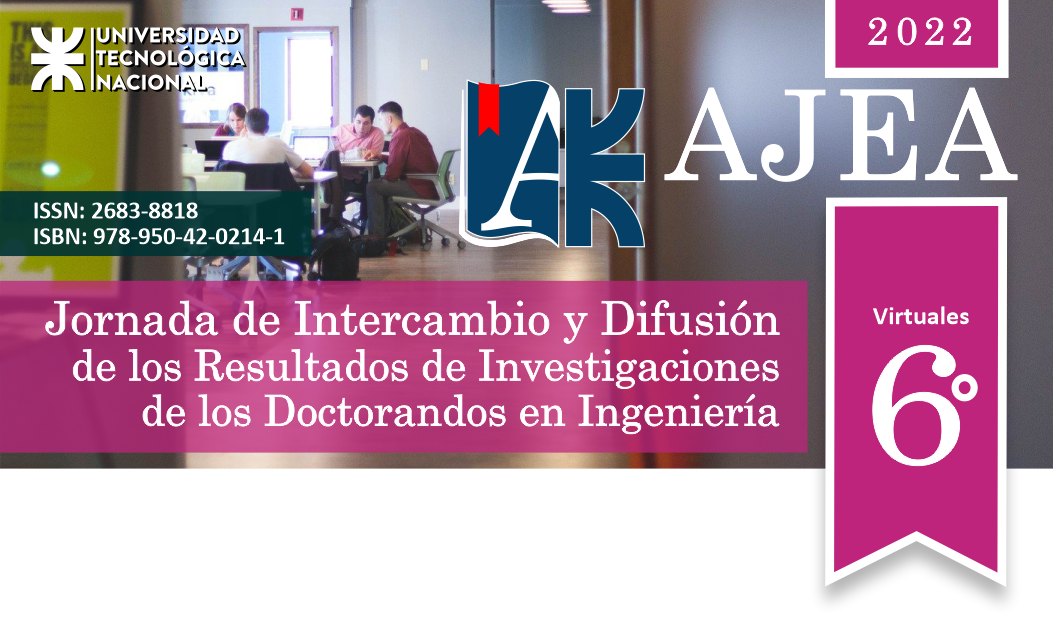Organic contaminants degradation in water by non-thermal electrical discharges
DOI:
https://doi.org/10.33414/ajea.1063.2022Keywords:
Organic contaminants degradation, pulsed corona discharge, water purificationAbstract
One of the most relevant applications of non-thermal plasmas in (and in contact with) liquids is the purification of water through organic compounds destruction without using chemical agents, and therefore environmental friendly. During the discharge, reactive species are generated in the gas phase that enter the liquid by diffusion and induce the formation of secondary reactive species in the liquid. A pulsed positive corona discharge in ambient air was used to study the degradation of indigo carmine in two different volumes of water and different times of exposure to plasma, immediately after discharge and in the post-discharge up to 24 h. The results of the measurements of the dye degradation, the pH and conductivity values obtained, as well as the concentration of the reactive species in the aqueous phase (nitrate, nitrite and hydrogen peroxide) are shown.










